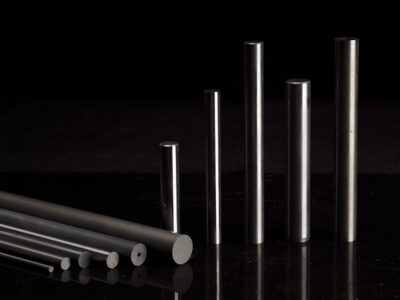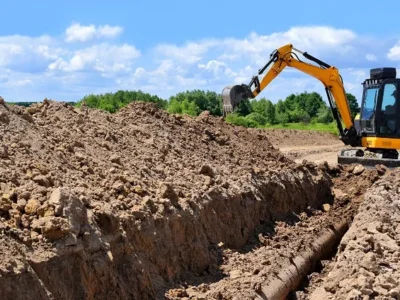The appropriate function and lifetime of a system are dependent on the hydraulic pump that is chosen. Hydraulic pumps come in a variety of styles to suit various applications. We’ll go through which pumps are suitable for specific systems in this post.
Gear, piston, and vane hydraulic pumps are the most prevalent. It’s usually a good idea to check with the pump manufacturer to ensure you’ve selected the proper one for your requirements.
Gear Pumps
Whenever it comes to design among the three main types, this one has the simplest. The fluid is pushed by spinning and sequential or overlapping gears. It’s a positive-displacement pump, implying each motorcycle moves a predetermined amount of fluid. Fixed displacement pumps operate at low pressures and provide high throughput.
Because there are fewer moving components in gear pumps, they endure longer. They’re simple to maintain and service, as well as pollution resistant. They’re also affordable. In systems requiring a high-pressure production, gear pumps are ideal. Because the pressure has little effect on the pump’s output, it’s an excellent option for any project with erratic supplies.
Piston Pumps
Piston pumps are divided into two categories:
- Radial: The driveshaft is surrounded by radial pistons. Radial piston pumps are ideal for situations requiring a lot of power.
- Axial: An inclined swashplate controlled by the input shaft drives axial pistons within a cylindrical block.
For systems with a high working pressure, piston pumps are frequently required. When opposed to a gear pump, a piston pump can handle more considerable pressures while maintaining the same displacement.
On the negative, piston pumps are more expensive, require more stringent filtration, and more sophisticated servicing and maintenance. This is due to the fact that they have more moving components and are less prone to contamination than gear pumps.
Vane Pumps
Sliding rectangular vanes are arranged in a rotating motor controlled by a cycloidal cam in vane pumps. Throughout rotation, suction is created as vanes are squeezed against the housing walls. Both fixed and variable vane pumps are available.
Low-pressure pumps like this are employed in systems that use low-viscosity fluids, including propane, solvents, alcohol, and refrigerants. There are three significant types of vane pumps:
- External – big solids can be handled
- Flexible – produces a fantastic vacuum
- Sliding – can be dry for a short period.
For fuel transmission and de-icing, vane pumps are commonly employed in aviation engines. They also work in the automobile sector. Vane pumps are the least noisy of the three types discussed in this piece.
Considerations When Selecting the Perfect Pump
When customers are looking for a new or replacement pump, the industry jargon and alternatives might be overwhelming. To assist you, we’ve put up a quick list of five items to consider when choosing the right pump for your project.
- Maximum system pressure
- Efficiency requirements
- Speed requirements
- Closed or open circuits
- Noise control.
Conclusion
Now that you have an idea of the various types of hydraulic pumps available in the market, weigh the pros and cons of each and pick the one that will suit the project perfectly.












Comments